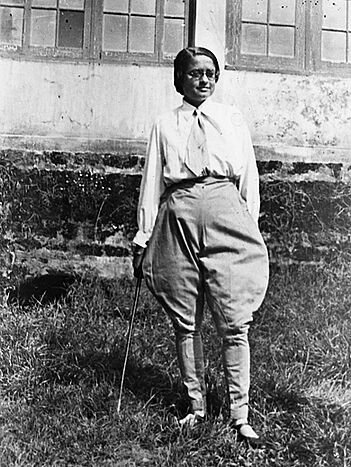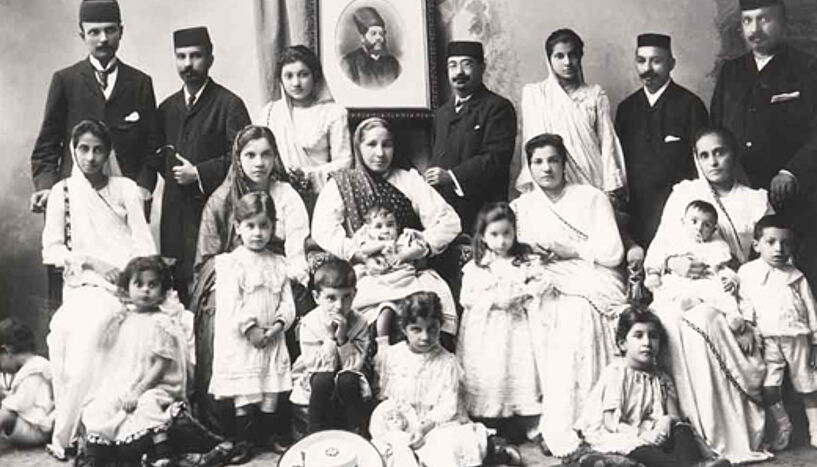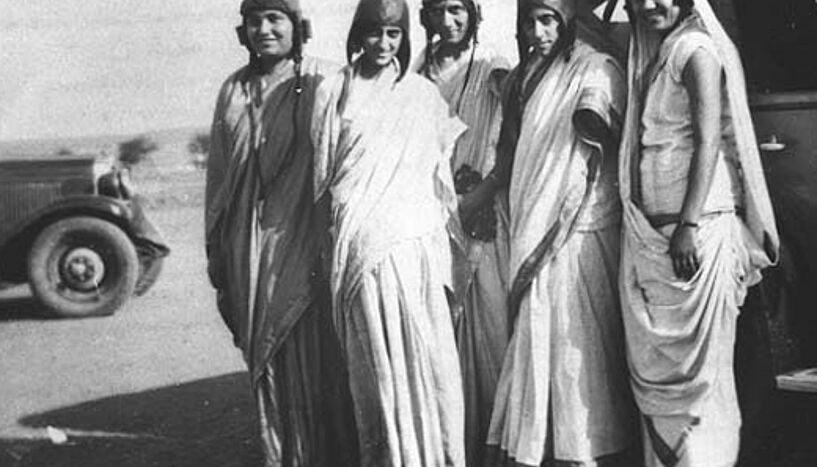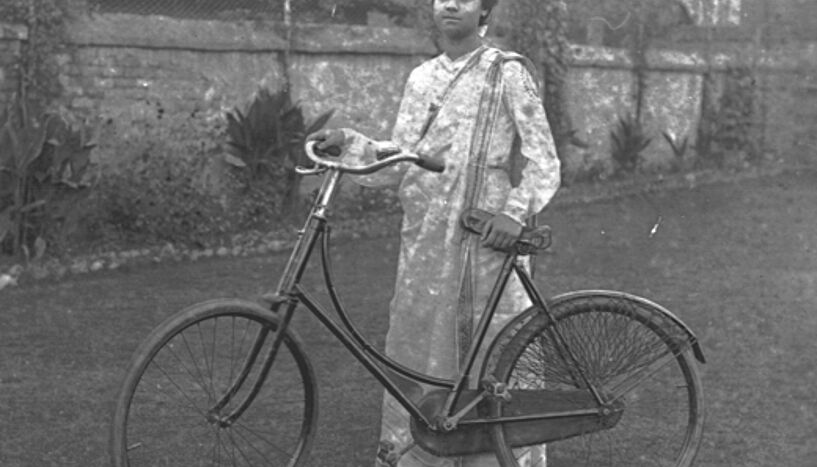Geraldine Forbes: Women of India
| 07. Juni 2011Colonial India and specifically the lives of women at this time is the main research focus of Geraldine Forbes, Distinguished Teaching Professor at the State University of New York Oswego. This semester she is "Käthe-Leichter"-Visiting Professor for Gender Studies at the Department of South Asian, Tibetan and Buddhist Studies at the University of Vienna. On 15 June 2011 at 5 pm, Forbes holds her "Käthe-Leichter-Lecture" on the topic of "Telling Women's Lives: History and Photography in Colonial India" at the Small Ceremonial Chamber.
When Geraldine Forbes completed her PhD in History (1972) – with a focus on South Asia, the Middle East and the British Empire – Women's history was just emerging as an academic field. In her doctoral thesis, Forbes, who was born in Canada, dealt with Colonial India and the assimilation of Western ideas by Bengali intellectuals: "While I was doing research in India for 'a men's history PhD' I met an extraordinary Indian woman." This encounter changed Forbes' career.
A strong woman
"Shudha Mazumdar was a child bride. Born in 1899 and married when she was eleven years old, both her father and husband encouraged her education", Geraldine Forbes recounts. "Later she published a translation of the Ramayana and short stories and became a prominent public figure advocating for women's rights in India." When Forbes met this woman in the early 1970's she received a 500 page long memoir from her that she was to edit. The historian was fascinated by Mazumdar's story: "At that time, the Westerners image of her generation of Indian women was that they were victims. But here was the story of a very strong woman who was not a victim at all." After finishing her dissertation Geraldine Forbes began to work on the manuscript and managed to publish it in 1977 under the title "A Pattern of Life: the Memoirs of an Indian Woman".
During the editing of the biography Geraldine Forbes' research focus began to form. After her PhD she began teaching at State University of New York Oswego and spending summers in India interviewing Shudha Mazumdar and working on her memoir. "While listening to her life story I gained a different perspective of India of the 1920's and 1930's – seeing it from a woman's perspective. That was the starting point for my further research, 'digging up' women's stories and their history in colonial India."
"No tale of misery"
With her interest in women's lives Forbes opened a door: "A lot of women contacted me to tell me their own life stories. In the early 1970's there was not much interest in women's history and these women were happy that they could talk about their experiences." Womens Studies in the USA in the 1970's focused on Western women, while women in Asia and Africa were mostly looked upon as poor victims who should be rescued. "Look at Afghanistan. We are still 'rescuing' women. In the 1970's,Western scholars were insisting that the life stories of Indian women should be tales of misery", Forbes says. But often it was and is quite the contrary, as she found out during her many years of research and collecting women's life stories.
In the US and Europe it is scarcely known that India had a Women's Studies Research Institute in the early 1970's, and a strong feminist movement in the 1980's. "The issues were not the same as those in European and American movements, but Indian women organized to demand and stand up for their rights", the historian says.
Photographs telling stories
"While researching the context of Shudha Mazumdar's memoir, I was astonished to find how many women had written memoirs. Some of these were only 25 pages long, others up to 500 pages", Forbes says. During interviews, the women would often fetch their family photo albums to illustrate their narrative. "First I was reluctant to look at family pictures, but soon I realized the extensive value of the pictures." That's when Forbes started to focus on photographs, beginning in the 1870's up to independence in 1947. Today her collection includes more than 1,500 pictures – copies of the original ones – mostly depicting women's lives in Bombay (Mumbai) and Calcutta during the colonial period.
Collection and interpretation
Over the last 20 years Forbes has worked with more than 50 families whose women were involved in social and political movements during the freedom struggle. "During the 1920' and 1930's these women took on new roles. Some joined militant or revolutionary organizations while others joined the Gandhian movement and still others worked with social organizations. After independence, some of these women became ministers in the newly formed government."
Today Geraldine Forbes "reads" photographs in order to write the history of Indian women. She concentrated her research on the two cities of Bombay and Calcutta because both also have a long photographic tradition. "Photography started there as early as the 1840's. In the beginning it was expensive, and after 1900 it was widely affordable." In terms of women's history, these cities were centers of women's organizing for political change.
Geraldine Forbes who "was delighted to be invited to teach at the University of Vienna" will give a detailed insight into her work in her "Käthe-Leichter-Lecture". The focus will be on her methods in reading photography in order to understand women's lives in Colonial India – a time when a woman on a bicycle was not as unusual as some Westerners might think. (td)
Geraldine Forbes, BEd M.A. PhD, Distinguished Teaching Professor at the State University of New York Oswego and Käthe-Leichter-Visiting Professor for Gender Studies at the Department of South Asian, Tibetan and Buddhist Studies at the University of Vienna holds her Käthe-Leichter-Lecture "Telling Women's Lives: History and Photography in Colonial India" on Wednesday 15 June 2011, 5 pm, in the Small Ceremonial Chamber.
Downloads:
KLV_Forbes_Web_01.pdf
Dateigröße: 246,57 KB






